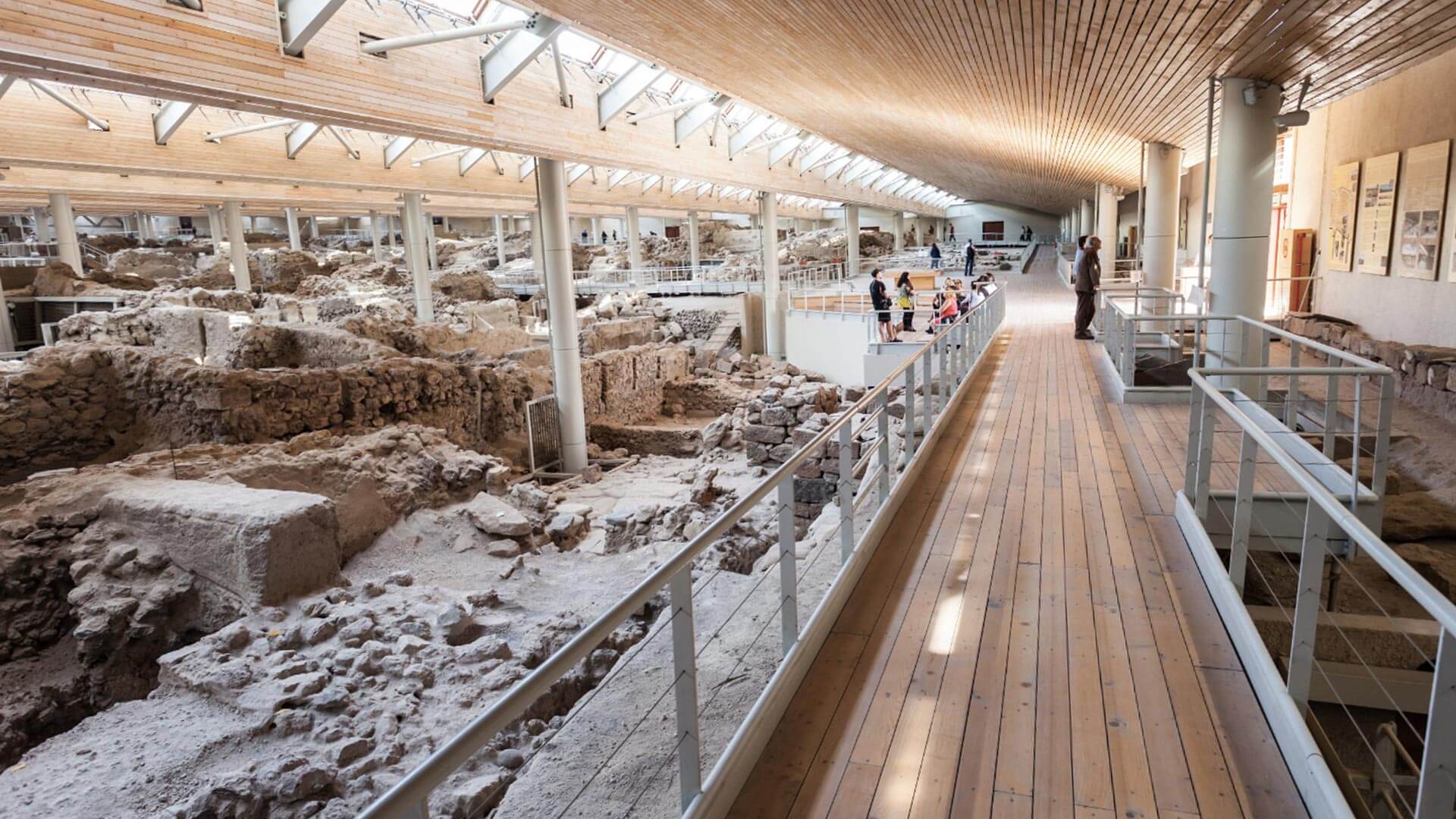Akrotiri, on Santorini, holds the frozen history of a Bronze Age settlement, perfectly preserved by the 16th-century BCE Theran eruption. Unearthed since 1967, it unveils stunning frescoes and artifacts, offering a captivating window into the past.
Frozen in Time
As the archaeologists delved into the layers of ash, they discovered a curious fact — not many valuable items were left behind. It was as if the citizens, facing the looming threat, had made a hasty return to retrieve their personal belongings, escaping the fury of the volcano with only the essentials.
The timeline that unfolded between the precursory earthquakes and the devastating eruption was estimated at around 10 days. This short but crucial period allowed the people of Akrotiri to evacuate, leaving their homes behind, standing frozen in time.
A Springtime Catastrophe
Remarkably, this eruption proved to be the most significant in the world for the past 10,000 years. The destructive force unleashed by the volcano did not confine its impact to Santorini alone. The ensuing tsunami waves raced across the Aegean Sea, swallowing the Minoan town of Knossos in Crete, further emphasizing the cataclysmic reach of this natural disaster.
Today
The archaeological site stands as a testament to the resilience of a once-thriving community and the power of nature to shape the course of human history. The frescoes that once adorned the walls now serve as windows into a bygone era, inviting modern visitors to ponder the mysteries of Akrotiri and the fateful events that unfolded on that spring day so many millennia ago.

